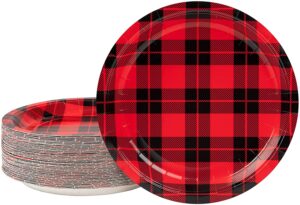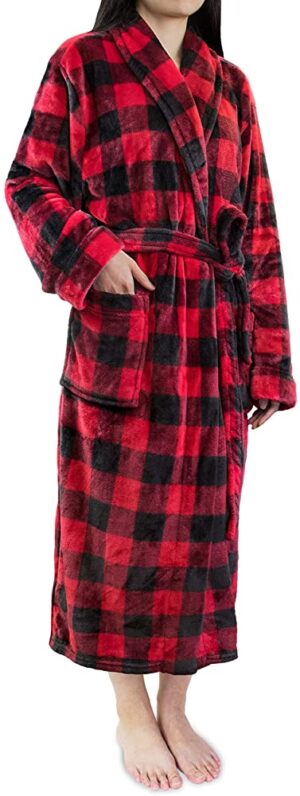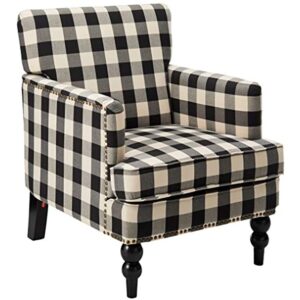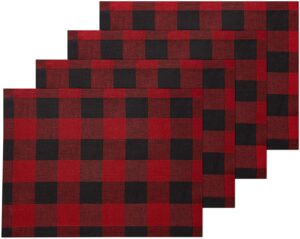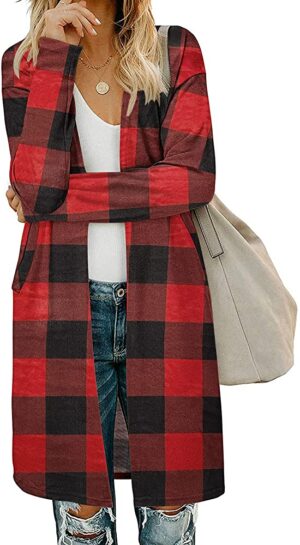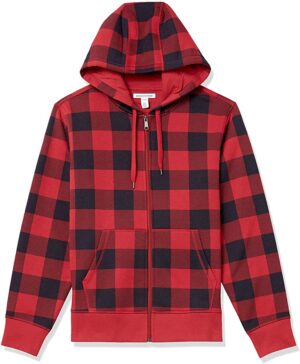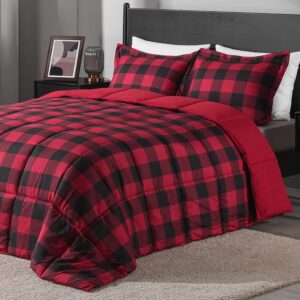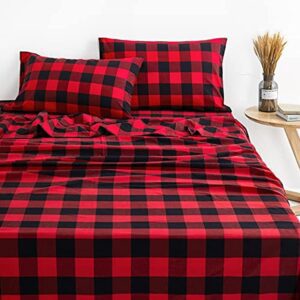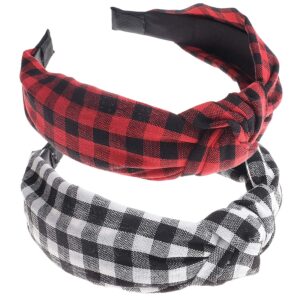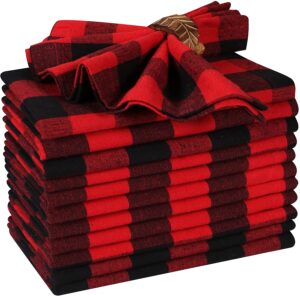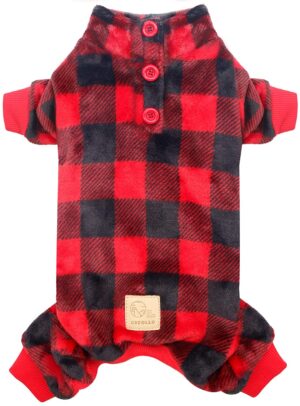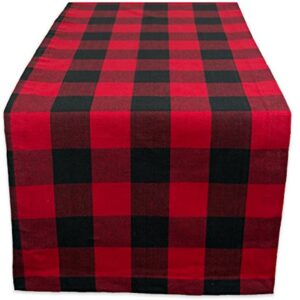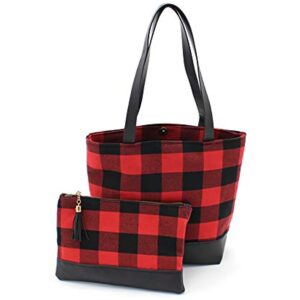Have you ever wondered why rugs come with such a hefty price tag? Well, look no further! “Why Are Rugs So Expensive?” is here to shed some light on the fascinating world of rug pricing. From the intricate craftsmanship to the high-quality materials used, this article explores the various factors that contribute to the cost of these luxurious floor coverings. Prepare to be amazed as we unravel the mystery behind why rugs are indeed worth every penny!
Materials Used in Rug Production
Rugs can be made from a wide range of materials, with natural fibers and synthetic materials being the most commonly used. Natural fibers, such as wool, silk, and cotton, are highly valued for their durability, softness, and luxurious appearance. These materials are often more expensive to acquire due to their limited availability and the complex production processes involved. On the other hand, synthetic materials like nylon and polyester offer more affordability and versatility in terms of design options. While synthetic rugs may be a cost-effective choice for some, discerning buyers often prefer the natural fibers for their superior quality and longevity.
When it comes to the cost of acquiring quality materials for rug production, one must consider various factors. Natural fibers sourced from premium materials, such as pure silk or high-grade wool, are generally more expensive compared to lower-quality fibers. For instance, rugs made from silk require a considerable investment due to the delicate and painstaking process involved in producing this luxurious material. Additionally, exotic or rare materials, like mohair or bamboo silk, also contribute to the elevated costs of rug production. It is important to bear in mind that the price of materials can significantly impact the final retail price of rugs.
Sourcing rare or unique materials adds an element of exclusivity to rug production, thereby increasing the overall cost. Some rugs may require specialized materials that need to be imported from different parts of the world, contributing to the higher price tag. Moreover, certain designs may call for specific materials, like hand-spun yarn or natural dyes, resulting in a meticulous selection and acquisition process. Obtaining these materials can be both time-consuming and expensive, but it often adds value to the final product, making it truly one-of-a-kind.
Craftsmanship and Labor Costs
The craftsmanship involved in rug production plays a significant role in determining its price. Skilled laborers, such as weavers, dyers, and finishers, contribute their expertise and experience to create intricate and visually appealing rugs. The wages for these highly skilled craftsmen can be substantial, particularly in regions renowned for their rug-making traditions. The mastery and precision required to create complex designs or weave fine knots demand years of training and experience, thus commanding a higher labor cost.
The production process of rugs is often time-intensive and labor-intensive. Each rug is meticulously handcrafted, with weavers spending countless hours knotting individual strands of fiber to create intricate patterns. The amount of labor invested in a rug directly affects its price, as more labor hours translate to higher production costs. Additionally, the level of detail within the design adds to the complexity of the production process, leading to further time and labor investment. The labor-intensive nature of rug production explains why handmade rugs tend to be more expensive compared to machine-made alternatives.
The training and experience of craftsmen also impact the overall cost of rugs. Skilled weavers who have honed their craft over many years are more likely to create rugs of superior quality and artistic merit. Thus, the experience and reputation of the craftsmen contribute to the high labor costs associated with rug production. The mastery of traditional techniques and the ability to bring intricate designs to life require a level of skill that can only be acquired through years of practice. Consequently, the expertise of the craftsmen significantly adds value to the final product, contributing to its higher price point.
Complexity of Designs
The intricacy of rug designs plays a significant role in determining their price. Rugs with complex patterns and detailed motifs often command higher prices due to the amount of effort and skill required in their creation. The more intricate the design, the more time and labor the weaver needs to invest in executing it flawlessly. Complex designs demand a higher level of craftsmanship and attention to detail, resulting in a higher price tag.
Custom-made rugs, designed to suit individual preferences, incur additional costs compared to ready-made options. Unique patterns, personalized color schemes, or specific dimensions require extra time and effort from the weavers, leading to higher production costs. The customization process involves consultations, design iterations, and careful execution to bring the client’s vision to life. As a result, custom-made rugs often come with a premium price to reflect the value of personalized craftsmanship.
Traditional and cultural designs also influence the price of rugs. Rugs that incorporate traditional motifs or reflect the artistic heritage of a particular culture are highly sought after by collectors and enthusiasts. The preservation of traditional designs requires the expertise of skilled craftsmen who possess a deep understanding of historical rug-making techniques. Consequently, the combination of cultural significance, skilled craftsmanship, and the time required to reproduce authentic traditional designs contributes to the higher price point of such rugs.
Size and Dimensions
The size of a rug has a direct impact on both material and labor costs, driving the price up accordingly. Larger rugs require more material, which increases their production cost. With a limited supply of certain materials, larger rugs may require multiple skeins of yarn or additional fabric, leading to higher material expenses. Additionally, weaving a larger rug takes more time and effort, significantly contributing to the labor costs. Weavers spend a greater number of hours on a larger rug, meticulously knotting and weaving the fibers to cover a larger surface area.
It is important to note that the price range of rugs can vary based on their dimensions. Smaller rugs generally have a lower price point than larger counterparts of similar quality and design. This is because smaller rugs require less material and less time to produce, resulting in lower production costs. However, the precise dimensions and proportions of the rug can also influence the price. Unusual sizes or custom dimensions may incur additional expenses, as the production process may need to be adapted or specialized tools may need to be used to achieve the desired dimensions.
Brand Reputation and Production Location
Brand reputation can play a significant role in the pricing of rugs. Well-established and renowned brands often have higher price points due to their reputation for quality and craftsmanship. These brands have invested years in building their brand image by consistently delivering exceptional products, and their name carries a sense of prestige and exclusivity. Consumers are often willing to pay a premium for rugs from reputable brands, as they associate them with superior quality and design.
The location of rug production can also impact the pricing. Rugs produced in regions with a rich rug-making heritage, such as Persia or Turkey, are often more expensive due to the legacy and expertise associated with these regions. The cultural significance and historical value of rugs produced in these locations contribute to their higher price tag. Additionally, certain regions may have higher labor costs or stricter regulations, which can impact the overall production cost and, subsequently, the price of the rugs.
Designer and luxury rugs are generally priced at a premium due to the exclusivity of the brand and the high-end materials used. These rugs often feature unique designs, luxurious materials, and meticulous craftsmanship. Designer brands often collaborate with renowned artists or designers, further adding to the value of the rugs. The combination of brand prestige, exceptional design, and top-quality materials results in designer and luxury rugs commanding significantly higher prices.
Durability and Maintenance Requirement
The purchase of a rug can be viewed as an investment, considering its long-term durability and cost-effectiveness. High-end rugs are often constructed with durable materials and meticulous craftsmanship, ensuring their longevity. Natural fibers like wool and silk are known for their resilience and ability to withstand years of use. Unlike their synthetic counterparts, these natural fibers retain their beauty and structural integrity even with regular foot traffic and wear. Investing in a high-quality rug may initially require a higher upfront cost but can save money in the long run, as it significantly outlasts cheaper alternatives.
Maintenance requirements also impact the cost-effectiveness of a rug. Certain materials and designs may necessitate specialized cleaning methods or professional care, resulting in additional expenses. Alternatively, rugs made from easily maintainable materials, like durable synthetic fibers or washable fabrics, can offer cost savings in terms of maintenance. The ease of cleaning and maintenance contributes to the long-term cost-effectiveness of a rug, as it reduces the frequency and expense of professional cleaning services.

Market Demand and Supply Dynamics
The dynamics of market demand and supply can have a significant impact on the pricing of rugs. Scarcity and exclusivity are factors that often drive up the prices of luxury items like rugs. Certain materials or designs may be limited in availability, making them highly sought after by collectors and enthusiasts. Limited supply coupled with high demand leads to increased competition among buyers, allowing sellers to command higher prices. Additionally, limited edition or one-of-a-kind rugs are more likely to attract premium pricing due to their rarity.
Market trends can also influence the prices of rugs. Designs that are currently in high demand or align with popular interior design trends often have higher price points. As consumer preferences and design aesthetics evolve, certain rug styles become more desirable than others. Rug manufacturers and designers are quick to adapt to these trends, creating rugs that cater to the contemporary market demand. Consequently, rugs that embody the latest design trends or offer a unique twist on traditional styles may come with a higher price tag.
Vendor and retailer markups also contribute to the final retail price of rugs. Each stage of the distribution process adds a markup to cover various costs, such as transportation, storage, and marketing. Wholesale prices provided by manufacturers are often marked up by retailers to account for their overhead expenses and profit margins. Additionally, retailers may offer additional services, such as customization options or specialized consultations, which are reflected in the price. The markups imposed by vendors and retailers contribute to the overall pricing structure of rugs in the market.
Sustainability and Rug Production
The shift towards sustainability in various industries has also impacted the rug market. Eco-friendly production methods often incur higher costs compared to conventional manufacturing processes. For instance, the use of organic materials, such as organic wool or natural dyes, can lead to increased production expenses, as these materials are more expensive and harder to source. Implementing sustainable practices, such as reducing energy consumption or minimizing waste, may also require additional investments in technology and infrastructure. Consequently, rugs produced using sustainable methods may come with a higher price tag.
The concept of fair trade in rug production aims to ensure that artisans receive fair wages and work in safe conditions. Fair trade rugs typically come with higher price points, as the costs associated with fair labor practices are factored into their production. Buyers who value ethical sourcing and supporting artisans in developing regions are often willing to pay a premium for fair trade rugs. The price difference reflects the greater compensation provided to the craftsmen, as well as the overhead costs associated with fair trade organizations or certifications.
Consumers’ growing awareness and preference for sustainability have a significant influence on their willingness to pay for environmentally friendly rugs. Many buyers are increasingly willing to invest in rugs that are made sustainably and support ethical practices. As the demand for sustainable rugs rises, manufacturers are more inclined to incorporate eco-friendly materials and production methods. The increased popularity and market value of sustainable rugs contribute to their higher price, reflecting not only the cost of materials and labor but also the added value of environmental responsibility.






